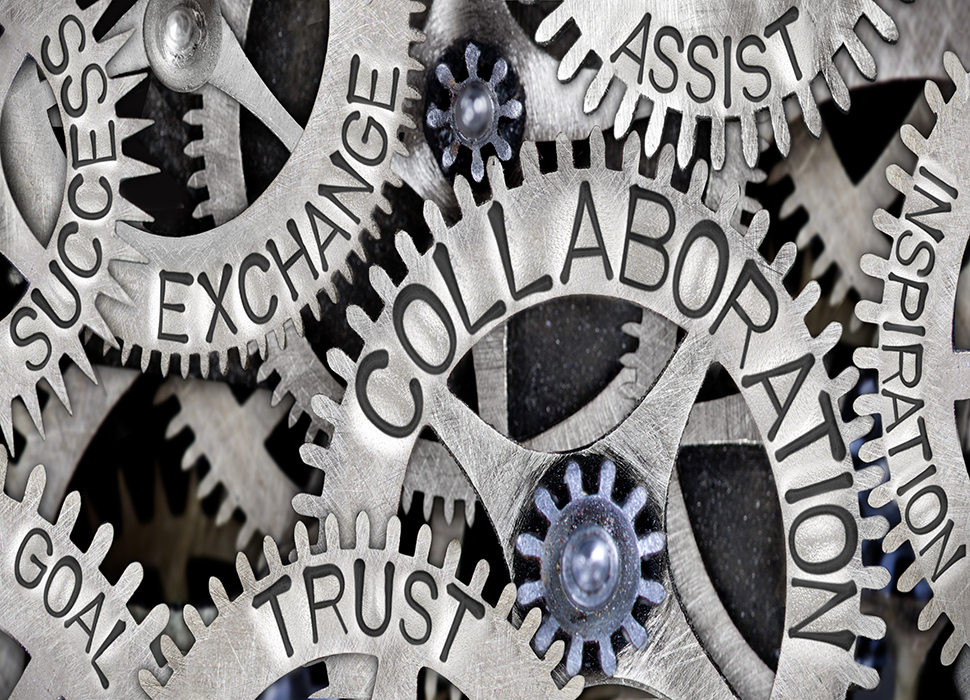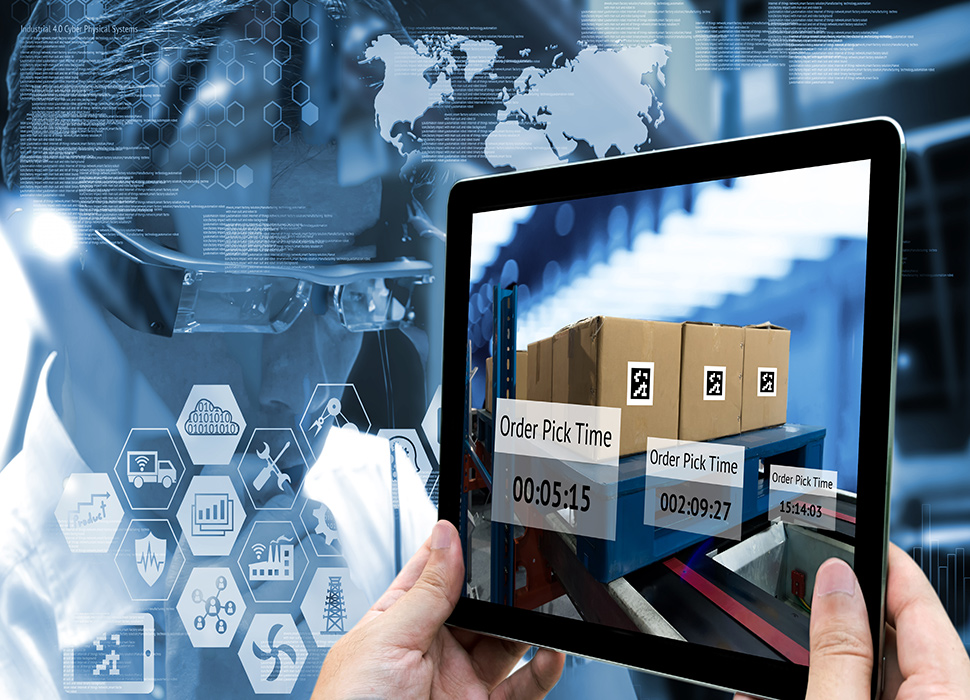We know lately the trend of more retail giants closing their doors has been splashed across every news outlet , but now some brick and mortar stores are learning from these e-commerce trends.
Experts predicted online shopping, led mainly by Amazon, would one day eliminate brick and mortar stores and conquer all of retail. The rate of store closings set a record in 2017 with no type of store excluded. Havoc stretched from Madison Avenue boutiques to shopping malls across the country, making retailers jointly struggle. At this time in 2017 nearly 5,700 stores had closed their doors for good in the United States, according to retail analyst firm Coresight Research. This year only 4,480 stores have closed.
But Then Something Changed For Brick And Mortar Stores.
One thing breathing life into vacant malls are stores learning to capture the ease and instant gratification online shopping provides. Online shopping is a platform for customers to shop while in the comfort of their own home; something major retailers are starting to adopt and it’s working! The retail giant, Target has adopted a new practice where customers order what they need through the app, drive to their store and a team member meets them in the parking lot with their order. No getting out of the car and no waiting in line at the register. Since the launch of this program, Target saw more traffic online and in store than they expected to. Growing at its fastest pace in a decade.
Walmart has introduced “personal shoppers” to its mix of employees to select and package groceries for curbside pickup. It’s the same process as ordering online, with a little personal touch.
The retailers evolving their shopping programs recognize that Amazon has forever changed consumer behavior. Many successful stores are now a cross between a drive-through and hotel concierge; trying to keep customers satisfied and, in turn, loyal.
The main reason for the slower pace of store closings is due to unprofitable stores having already been shut down. Still, big retailers like JCPenny and Sears, despite closing failing stores and sprucing up the remaining ones, are still struggling. Therefore, the other reason is stronger players are benefiting from other stores’ failures. Target, for example, saw a huge leap in toy sales as Toys “R” Us entered their final days of their liquidation sale.
Information obtained from: nytimes.com
So What Does All This Mean For Retailers’ Supply Chains?
E-commerce has halted many B2B supply chains from growing since its boom. However, with these new shopper programs being introduced, supply chains will pick up. With the economy bouncing back and consumers having more to spend, products will be moving quicker; especially if shopping is “hassle-free.” Retailers are now taking a store-centric, omni-channel approach, connecting every dot imaginable in their consumer buying process. Big players are investing in robust digital models of the entire store footprint, giving employees digital merchandising tools, and using automation to enable visual merchandising and easily create store specific plans. A deep analysis of store models allows managers to optimize product placement and This enables employees to track merchandise currently in store, en-route to store, or allowing them to order stock on the spot for customers. Therefore, saving customers time in the store, or from having to order merchandise after the fact.
Target even plans on opening new, smaller stores near college campuses with products specified for the area’s demographic. Instead of shoppers meandering through cavernous buildings, the retail giant will stock stores with targeted products that have a definitive vibe. This shortens shoppers time in the store and places what they want out in the open. Talk about a new meaning for “Target.”
How Does Automated Software Help Supply Chains?
An automated software solution integrated into a supply chain allows for greater visibility of orders. It connects the manufacturer/supplier, distributor and retailer throughout a package’s entire journey, keeping everyone in the loop and alerting retailers where merchandise is. Whether it be in stock or en-route.
Here are five main features an automated software needs to keep up with the e-commerce trend:
-
Reporting Features
Having accurate reports for purchases will make order fulfillment and store floor planning a smooth operation. Our software produces bill of lading, VICs bill of lading, carton contents and branded packing lists, making client recognition immediate. These reports are sent to retailers alerting them of every detail and quantity on their order. It makes it easier to track the progress and location of the order, and for employees to know when shipments will be in. Digitally connecting orders to stores using supply chain technology.
-
Advanced Shipping Notice Kits
Trading partners have specific requirements for the advanced shipping notices they receive. Having a software that already has the information installed on it will make switching back and forth between partners hassle-free. We have more than 190 different ASN kits for retailers and automakers programmed into ComplyLink. These ASN kits cut time and accurately inform clients on their orders.
-
Integration
Supply chains already have processes and procedures established, so it’s important for automated software to integrate into the existing system. Our software has integration features that’ll connect to EDI and ERP order management tools. ComplyLink installs on suppliers’ server or workstation and electronically talks with accounting to confirm, pack and ship orders, and then verify they’re on the truck to be shipped before marking it complete.
-
Order Verification Processes
ComplyLink has various scanning and packing routines that support and expedite order fulfillment. These routines eliminate the need to manual enter order data in warehouse and distributors’ databases. With these processes, there is a 20 to 40 percent decrease in translation errors because it eliminates human error possibilities. There is also a 28 percent decrease in order costs because we provide tools for automatic data entry instead of having to manually type orders in. Automated processes streamline redundant, tedious tasks with the highest risk for mistakes.
-
Customization
The most important feature an automated software can have is the ability to be customized. Having a software that doesn’t require dramatic shifts in manufacturing procedures can alleviate pressure and uncertainty in the transition. ComplyLink ensures an easy adaptability period without missing a beat (or an order in this case) because we work with our clients to install it according to their needs.
The Key Takeaway:
E-commerce hasn’t fully claimed the retail world – and it may never get there. Warehouse managers and retailers working in conjunction with digital trends is the link brick and mortar stores need. Playing to their strengths and optimizing shipping and order-processing cycles via an automated software. Retailers can restock stores, optimize their layout and keep suppliers busy by providing material releases week by week, or with an overall product forecast. Notes like these are housed in a software like ComplyLink and keeps records for orders updated. Retailers and suppliers integrating electronic communication tools like 830s and 862s between each other pave the trail for success.










